The relationship between piriformis and foot pain
The piriformis muscle is a small but crucial muscle located in the buttocks. It plays a vital role in hip rotation and thigh movement. The muscle is connected intimately with the sciatic nerve, a long and intricate nerve that runs from the lower back through the buttocks and down to the legs. Given this connection, it is essential to begin relaxation at the lower back and proceed down towards the buttocks.
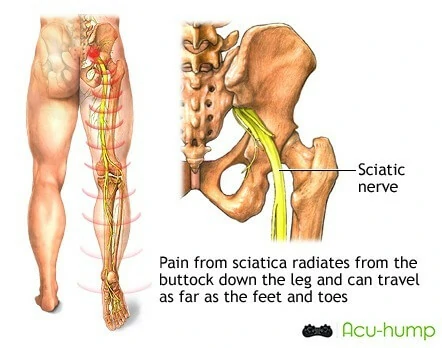
Piriformis syndrome can occur when the piriformis muscle irritates or compresses the sciatic nerve. Patients with piriformis syndrome experience pain in the buttocks, hips, and legs, which can radiate down to the foot.
MRI scans and physical examinations are used to diagnose the condition, and treatment options vary depending on the severity of the symptoms and can include physical therapy, exercises, or surgical intervention.
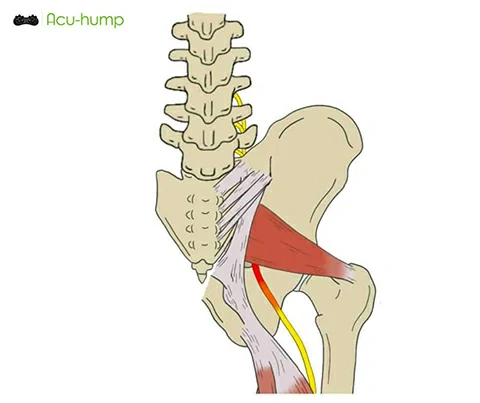
Symptoms of piriformis causing foot pain
One impact of piriformis syndrome is the compression of the sciatic nerve due to tightness in the piriformis muscle. This compression can lead to foot pain, although piriformis syndrome is not directly related to plantar fasciitis.
Pain in the foot often presents as numbness, weakness, or aching sensations and is exacerbated by walking, running, climbing stairs, coughing, or exerting force. Patients may also experience abnormal walking patterns, foot weakness, inflexibility in the big toe, and discomfort while wearing shoes. Therefore, adequate therapy for foot pain should address underlying piriformis syndrome.
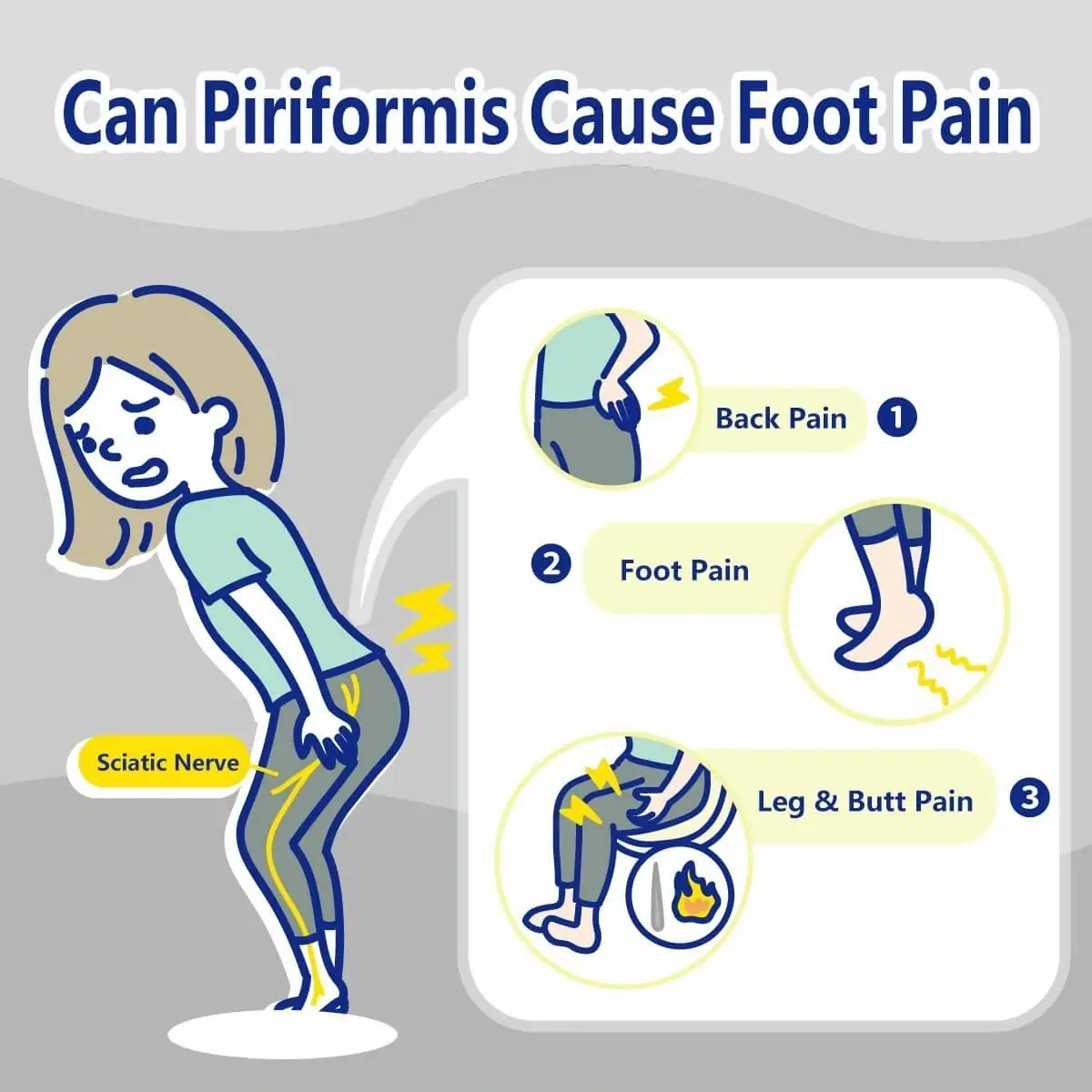
How to prevent and relieve pain
Preventive measures for piriformis syndrome are essential to avoid discomfort and pain. Avoiding prolonged sitting and maintaining a healthy weight are two crucial aspects that can prevent the onset of piriformis syndrome. Prolonged sitting can lead to the tightening of the piriformis muscle, leading to compression of the sciatic nerve and, ultimately, piriformis syndrome. Maintaining a healthy weight can also help prevent the condition as it puts less stress on the muscles and joints.
Acu-hump
Stretching and relaxation techniques are also helpful in preventing the onset of piriformis syndrome. When the piriformis muscle is relaxed, the sciatic nerve is less likely to become compressed. One way to self-massage and stretch the back and hips is by using an Acu-hump.

Acu-hump: 30-day return policy. No risk for you.
An Acu-hump is a acupressure massage tool that is designed to apply pressure to specific points in the body to relieve pain and tension.
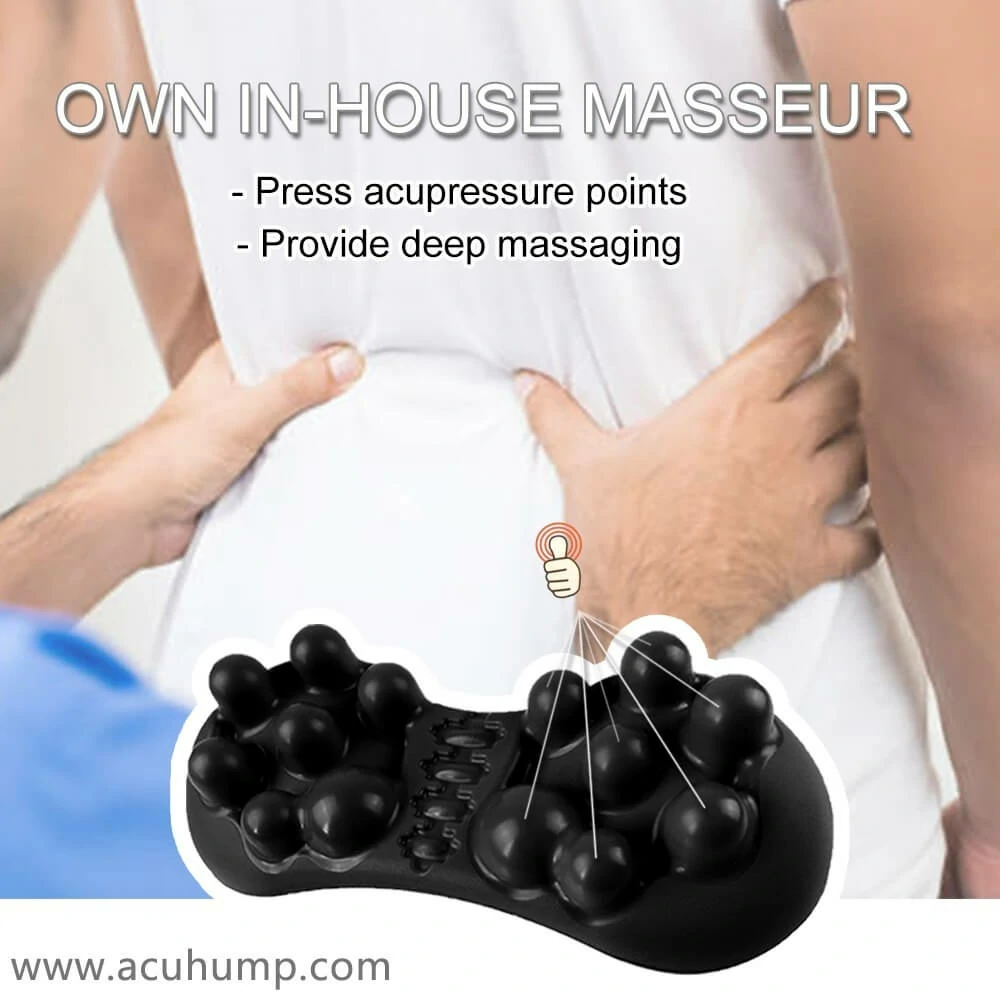
By lying on the Acu-hump and pressing it against the hip and back muscles, an individual can effectively massage and stretch the muscles.
Acu-hump: 30-day return policy. No risk for you.
Physical therapy is critical for addressing and managing piriformis syndrome. A physical therapist can help identify the best exercises and stretches to relieve the condition’s symptoms and prevent future occurrences. These exercises can include targeted stretches for the hip and back muscles, as well as strengthening exercises to prevent muscle tightness and reduce the risk of re-injuring the area.
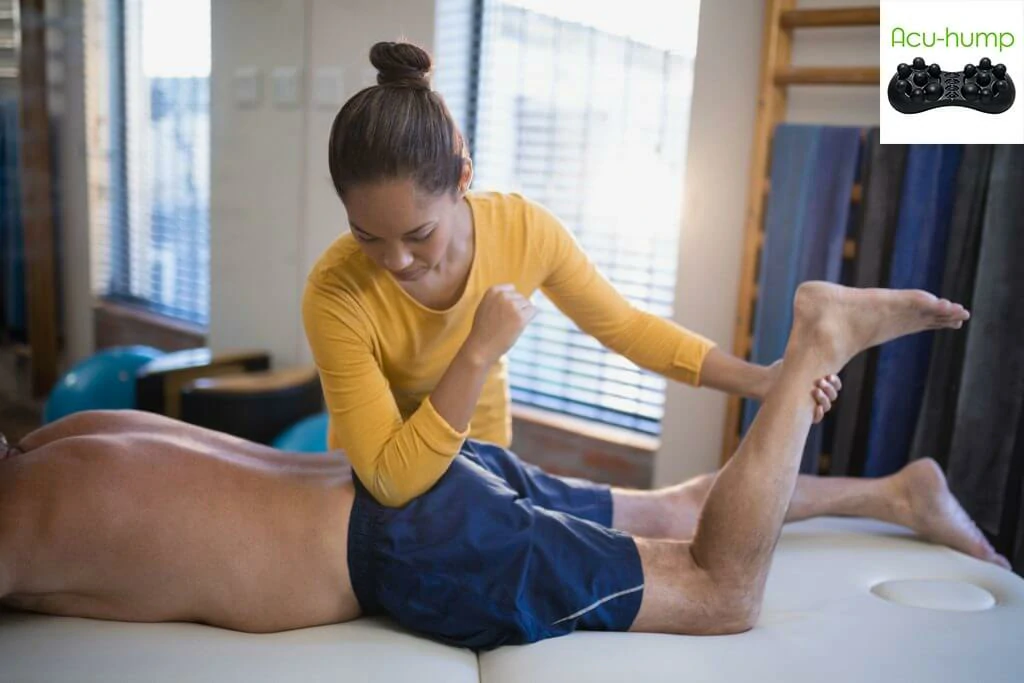
In severe cases, medical intervention may be necessary to reduce the symptoms of piriformis syndrome. Medical intervention can include steroid injections or surgery to address the cause of the compression in the piriformis muscle and relieve the symptoms.
In conclusion, piriformis syndrome can cause foot pain due to compression of the sciatic nerve. Early diagnosis and treatment can prevent discomfort and complications. Patients experiencing foot pain should seek medical attention early and receive a comprehensive treatment plan, including addressing underlying piriformis syndrome. Additionally, preventive measures can be taken to prevent the onset of piriformis syndrome and related foot pain.
